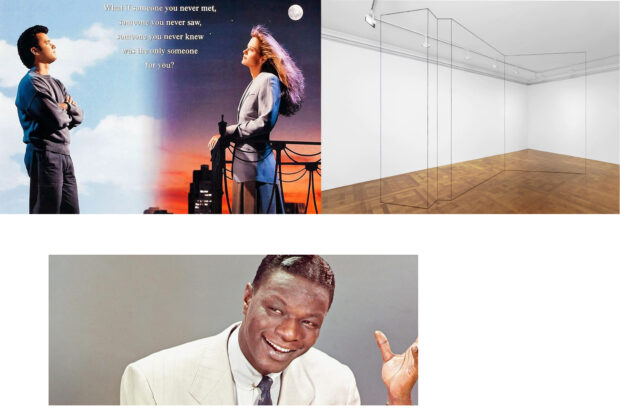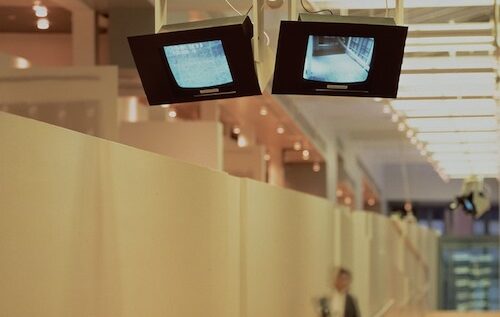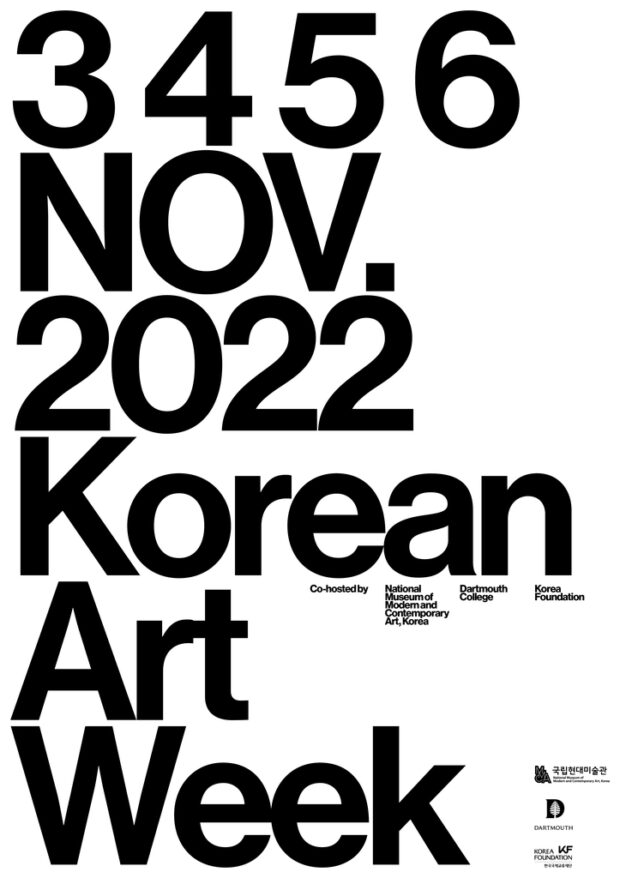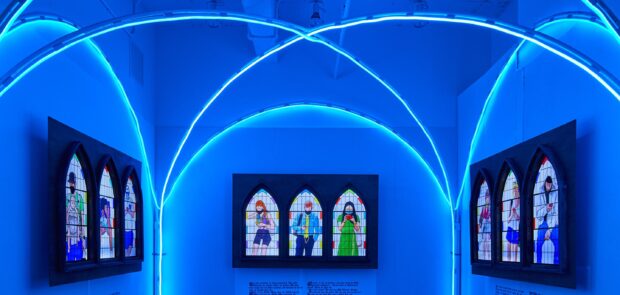
In terms of sheer size and scope, not to mention the veritable blitz of media attention, MoMA’s Willem de Kooning retrospective is the blockbuster exhibition of the season. Reviews of the show, which is on view through January 9, 2012, have been overwhelmingly positive—celebratory, if not laudatory. Among these exultations the voice of discontent has been rare. Some brave individuals, however, have vocalized varying degrees of dissent. And by this I am not referring to praise under the guise of criticism, such as the lament that the exhibition’s only fault is that it is yet too small—at over 200 works spread across 17,000 square feet—to do full justice to de Kooning’s genius.
The few disparaging voices have either gone largely unnoticed or been heavily criticized. The lodging of criticism against the de Kooning retrospective seems nearly akin to sacrilege. In his New York recap of the inaugural second-season episode of Bravo’s “Work of Art,” critic Jerry Saltz even took a moment to mock collector Adam Lindeman’s negative de Kooning review. Lindeman’s Gallerist NY article, “Did I Need to See a $4 Billion Willem de Kooning Show?” inveighed against MoMA’s display for lacking energy and epiphany. In a less overtly critical article for Hyperallergic, Howard Hurst expressed similar disappointment with the retrospective’s innate predictability. Most recently, Paddy Johnson cautiously lambasted the exhibition on The L Magazine for perpetuating aspects of Abstract Expressionist myth-making rather than challenging them.
I would like to believe that it is possible to learn much about art from such negative reactions to otherwise critically acclaimed works. The gut reaction of those who praise the show has been to reject condemnatory perspectives as lacking taste, sound judgment, or well-developed knowledge of art history. But I believe that critics like Saltz are missing the point. No one is disagreeing that de Kooning was a talented artist and hugely influential throughout the twentieth century. Yet some view the exhibition as a missed opportunity: it had the potential to be so much more than it was.
The exhibition takes a largely formalist perspective. If we are meant to come away with one message, it is this: de Kooning experimented with abstraction and figuration simultaneously, often blurring any distinction between the two. This is undoubtedly an important message. But it is a message that is largely centered on de Kooning, his art, and his world. It is a rather insular thesis.
I think the critical voices are ultimately reacting to the seeming lack of relevance to our current times. Why does de Kooning matter right now? How does his life’s work resonate within our contemporary world? Moreover, given the vast resources of a museum like MoMA, why did the show’s curator, John Elderfield, choose not to take many risks? Wouldn’t it be exciting for a museum of MoMA’s stature and a curator of Elderfield’s talent and well repute to stick out their collective neck and make observations beyond the formal?
The two most hotly debated and divisive aspects of de Kooning’s oeuvre, and equally of the MoMA retrospective, are the potentially misogynistic undertones of the Woman paintings and the merit of the late works created in the 1980s. Rather than entering into the debate by taking a position or introducing an alternative view, MoMA largely skirts the two topics. Both wall labels and exhibition catalogue identify these issues, but even these educational materials do not actively seek to explore or answer such questions.
When the Woman paintings first debuted at Sidney Janis Gallery in 1953 they caused an art-world uproar and were largely interpreted as chauvinist works. Over half a century later there is still no definitive stance regarding their potentially offensive content. In my opinion, the outright aggressiveness of these figures negates any passive objectification of women. De Kooning wanted to compete with Old Masters like Titian, Rembrandt, and Rubens, and to do so he had to tackle the female portrait. The closest Elderfield comes to expressing an opinion on de Kooning’s intent toward his subjects is to cite his oft-quoted comment, “Flesh was the reason oil paint was invented.” Most of the show’s energy is fixated on illuminating heretofore-underappreciated formal qualities of the series, such as the spatial innovations and pictorial inventiveness of de Kooning’s depictions of women.
The late works have also been a topic of debate since their first public display. Toward the end of his life, de Kooning descended into a state of dementia, which is attributed in retrospect to Alzheimer’s, a history of alcoholism, or a combination of the two. Given his declining mental and physical capabilities, critics have questioned the level of artistic control exerted by de Kooning over his studio assistants during this period. Indeed, these works come as a visual shock after the six galleries prior. The paintings are Spartan in comparison to the densely layered and chaotic canvases of the preceding decades. Again current opinion has been mixed, with some critics viewing these galleries as the most interesting in the show and others finding artistic merit here to be lacking in comparison with earlier work. Based on their extreme deviation from the oeuvre, I believe these late paintings might have been more compelling in a smaller show devoted solely to the artist’s final period. Such an exhibition would have allowed the work to be judged on its own terms, without the weight of the Woman paintings and earlier abstracted works like Excavation (1950) still lingering on the mind. Once again MoMA tackles the issue with characteristic detachment, missing an opportunity to delve deeper into the later period of the artist’s life and work.
Without question, MoMA’s de Kooning retrospective marks a seminal moment in the history of the artist and of twentieth-century art. But its purely formalist perspective is limited. Voices of discontent criticize not de Kooning, nor his art, nor even the chronological layout of the exhibition. Instead, they express a sense of disappointment that MoMA could not pay more than lip service to controversial topics and sticky subjects. The anticipation index is high when it comes to major shows at a museum as reputable as MoMA. We have come to expect from the Museum exhibitions that resonate beyond the objects and give us ideas to hold onto long after we exit the sixth floor. New Yorker art critic Peter Schjeldahl remarked that he came out of the de Kooning exhibition feeling on fire. Yet for some this fiery feeling was replaced by something much emptier–and these are the people for whom pure formalism isn’t always enough to shake things up.
Sarah Zabrodski is an alumna of the Institute of Fine Arts at NYU. She blogs at emergingartcritic.com. de Kooning: A Retrospective is on view through January 9, 2012, at The Museum of Modern Art, 11 West 53rd Street, New York.












[…] review of the current de Kooning retrospective at MoMA is now online on the Institute of Fine Art’s […]